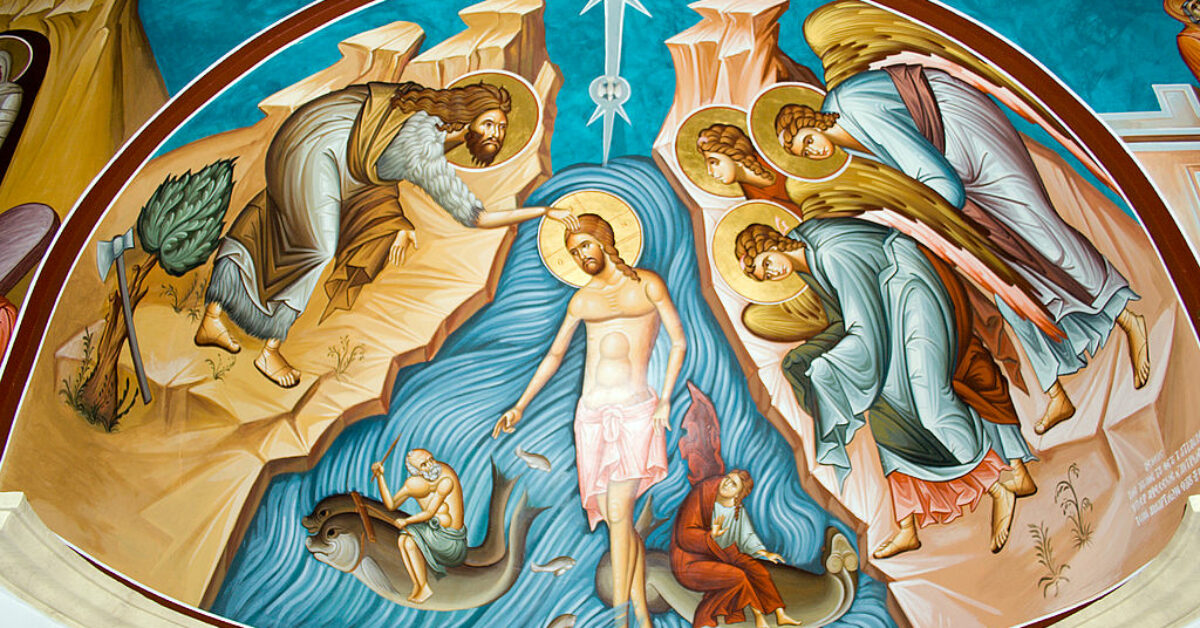Slow Walking: What Exactly IS the WAY?
Continuing our series slow walking our way toward changing our adult faith formation practices, this week we focus on what exactly the WAY is. I will use descriptions throughout this post from Paul Hoffman’s Faith Forming Faith, the primary book anyone considering reforming their adult instruction should read before embarking on that journey. As Hoffman notes, “The WAY offers people an apprenticeship into faith in Christ, ” an apprenticeship model rather than an information download model. It engages an apprenticeship into the WAY of faith and life in Christ. This is why Phinney Ridge Lutheran in Seattle, Washington, where Hoffman was pastor for many years and developed the use of a catechumenate model for exploring the Christian faith and life, called their catechumenate the WAY. It is a process, or even better a journey, with and into the Word of God (especially through the lectionary), in relationship to everyday human life. For this reason, as Hoffman notes, this journey/way/process is both rich and messy. It is rich, because life is rich. But it is also messy, because life is messy. It is rich, because Scripture is rich. But it is also messy, because Scripture is messy (7). Much like the story of Zacchaeus in Luke’s Gospel, the intersection of God’s grace and mercy with earthly riches and those who possess them, politics and human engagement with it, and life in human community where motivations and relationships are not sin-free, is a very rich and messy affair. This is no less true in our day and in our relationships with one another and the unbaptized than was the case in Zacchaeus’ day.
The WAY has stages (based on the ancient catechumenate) that structure a person’s journey through it: Inquiry, Catechumenate, Baptismal Preparation, and Baptismal Living (Mystagogy). These stages simply provide leaders a guide for the journey. But people move through it in uniquely singular ways. The priority here is to oversee and facilitate their journey on the WAY to the one who is the Way, the Truth, and the Life. And that happens by building Gospel and Christ-centered relationships between those inquiring about Christianity and the community of those who bear witness to the one who is the Way.
While the WAY is certainly focused on the transformation of the lives of those inquiring, it even more fundamentally seeks to transform the Christian community itself, in the WAY newcomers are planted at the center of congregational life and purpose. The established members of the congregation all turn their attention toward bringing these newcomers into the assembly and commit to do whatever it takes to provide a path for them to enter into Christ in the assembly. Planting newcomers at the center embeds the dying and rising pattern as the central way of understanding the shape of a congregation’s life. This process is about congregational transformation, not some program for welcoming new members. And this simply flows from our watershed baptismal event because from that day on the people of God in Christ are never not in formation until our baptism is completed in our death. We are constantly dying and rising, both as individuals and as congregations. Death and resurrection is the pattern of the WAY, and of congregational life. And the WAY enacts that transformation in congregational self-understanding and life. As Hoffman notes, “The WAY’s gift is first and foremost the assurance that baptism is incorporation into a community of Christ. This community continues to struggle, doubt, question, and discern how the ancient words of Scripture and the Spirit of the resurrected Jesus among us equip us for witness in the world” (14).
The WAY transforms both those inquiring about the Christian faith and the assembly that is tending to their inquiry because it flows from the baptismal spring. As Hoffman indicates in his second book, Faith Shaping Ministry,
“Offering baptism and affirmation of baptism to newcomers in our parish as an intentional practice has transformed most, if not all, aspects of our ministry. Like water running over rock, the grounding of our faith and life in the waters of baptism has slowly but irrevocably shaped who we are and how our parish life is organized. And, like water running over rock, the shifts in our community of faith were gradual, every now and then punctuated by a more substantial shift like the kind that comes when rocks are washed about the creek bed after heavy rain…But here’s the goal: that every activity of parish life flow out of and back to the font” (xv-xvi).
That is the WAY, everything and everyone flowing from and back to the baptismal waters.
